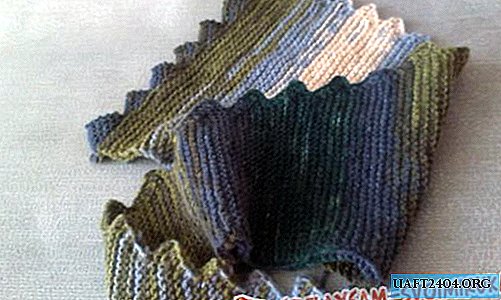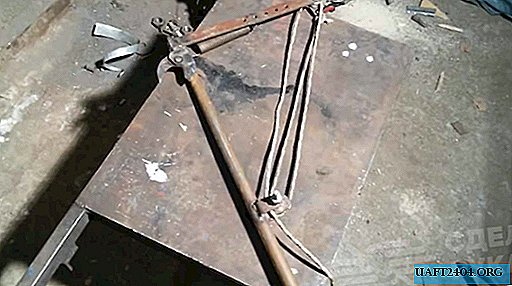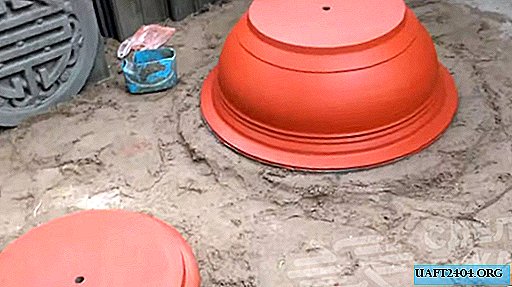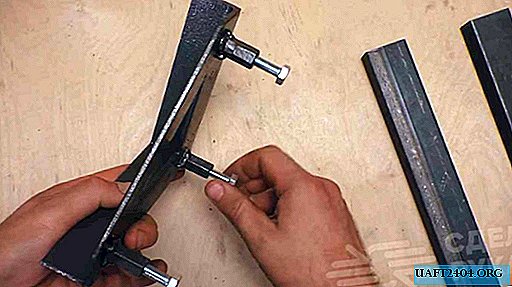Share
Pin
Tweet
Send
Share
Send
Laying tiles on cable electric underfloor heating includes a number of important steps:
1) Firstly, it is necessary to use a special tile adhesive for a warm floor, which would withstand temperatures of at least 50-60 degrees. Since when you turn on the heating element for the first time, the temperature on the thermostat is set to the maximum, and it can be 40-50 degrees. You need to be sure that the glue will stand it.
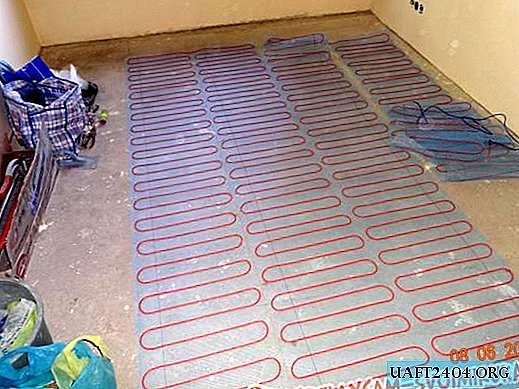

2) Secondly, the floor sensor from the thermostat must be in the corrugation. Under the corrugation, choke the canvas, which is glued with glue so that the level of the heating cable is the same everywhere.


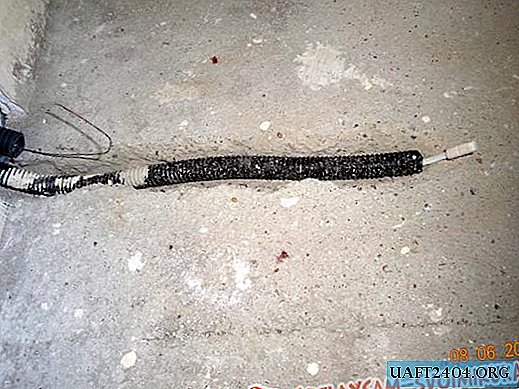


3) Thirdly, if a heating mat is used as a warm floor, many experts recommend pre-tightening it with a thin layer of tile adhesive. This is done so that in the process of laying the tiles accidentally not damage the heating cable, otherwise the entire floor will completely fail. And only after complete drying, you can proceed to the next stage of work.


4) Before you start working with tiles, it is worth calculating from which place to start. If there is a picture, then you need to start from it (it should be in the central part of the room), if the tile moves from one room to another, then there should be no transition and clipping of the tile in the area of the doorway. It is recommended to calculate in such a way that there is as little trim as possible, and it is located in the most inconspicuous places.
5) Glue with a comb of 7-8 mm is applied to the working surface, as well as to the tile. If necessary, first wipe its inner side with a damp cloth in order to remove dust (otherwise it is likely that the tile can quickly move off due to lack of proper adhesion). In this case, you always need to monitor the floor level, removing excess glue if necessary, and also use crosses, which in turn have different sizes, to maintain the same distance between the tiles.







6) After the glue has dried, you can begin to close the seams. For this, special putties of different color schemes are used. If this production room and beauty is not so important, or there is a limitation in finances, you can use the same tile glue as a putty. All seams are previously cleaned of dust with a knife; if necessary, an industrial vacuum cleaner is used. The glue is applied using a special flexible (rubber) spatula. After 10-20 minutes (depending on the air temperature in the room), all excess is wiped with a damp sponge (cloth). After that, walking on the tiles is prohibited until the joints have completely dried out, at least a couple of hours.










Another important point is that underfloor heating should never be turned on until the tile adhesive has completely dried. If, when laying the tiles, the rough screed was completely dry, then the underfloor heating system can be put into operation no earlier than after 14-16 days. If before this the screed was insulated and poured, then the drying period is increased to a month. When the heated floor is turned on earlier than the specified time, in most cases the tile can move away from the base.

Share
Pin
Tweet
Send
Share
Send


